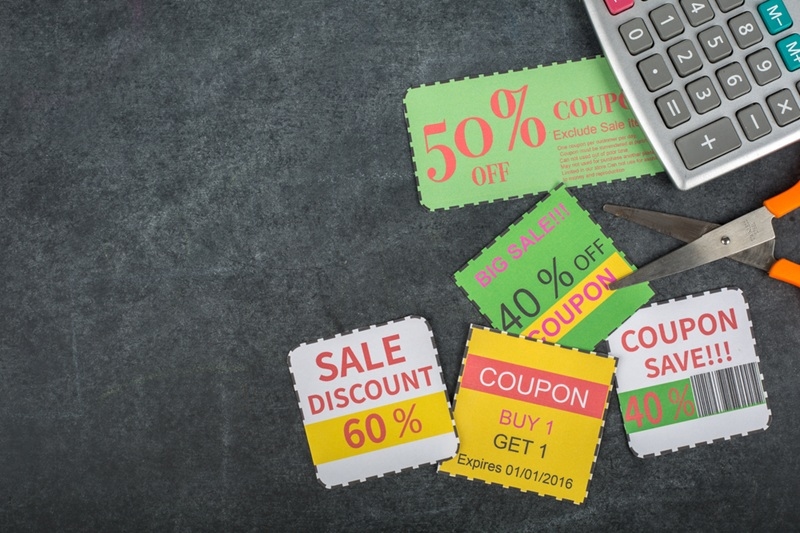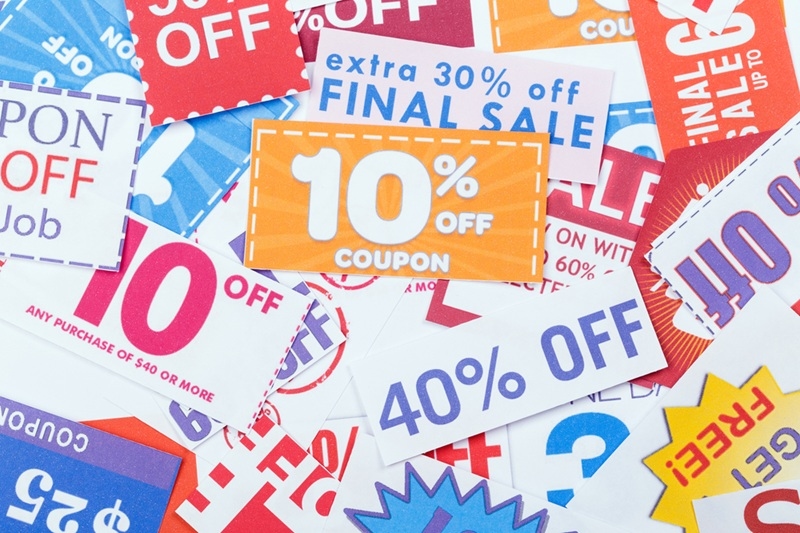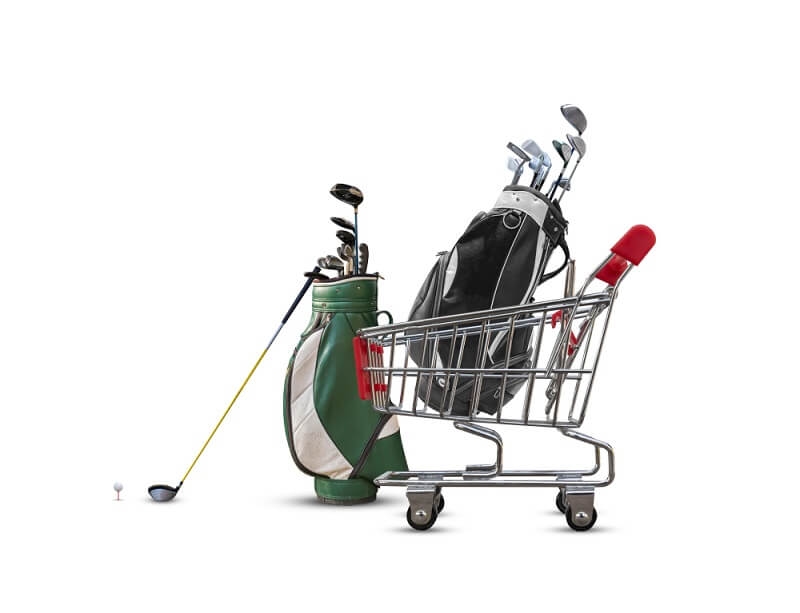
With an increase in food prices observed in recent years, you might be seeking ways to reduce your expenses. While delving into the world of grocery couponing may initially seem overwhelming, it's an effective method to keep more money in your wallet during your grocery shopping trips. Fortunately, collecting grocery coupons doesn't have to evolve into a time-consuming hobby or obsession just to save money. Below, you'll find a beginner's guide to couponing to help you kickstart your savings journey.
Understanding Grocery Coupons: Types and Functions

At its simplest, a coupon represents a discount that shoppers can utilize to pay a reduced price for a specific item. The discount offered by a coupon can vary. Some provide a specific dollar amount off when purchasing one or two items, while others offer a buy-one-get-one-free deal. Familiarizing yourself with the terms and conditions of each coupon will help identify any exclusions or items not covered by the discount. In the realm of grocery coupons, there are several main types:
Store Coupons
These must be redeemed at the respective store, such as using a Giant or Kroger deal only at Giant or Kroger.
Manufacturers Coupons
Originating from the manufacturer, these coupons can be used in various stores. For instance, a General Mills coupon allows you to purchase General Mills products at any grocery store accepting the coupon.
Catalina Coupons
These coupons are printed off your receipt during checkout and may include manufacturer coupons and other store-related discounts.
Loyalty Coupons
Store members may receive exclusive coupons and discounts.
Where to Find Coupons
While many are familiar with obtaining coupons in the Sunday paper, there are numerous other sources beyond this. Online platforms like Rebates offer digital coupons that can be printed or saved. Some websites allow you to link your store loyalty card for the automatic application of digital coupons during checkout, eliminating the need for paper. Additionally, grocery store websites and manufacturers' dedicated coupon and rewards sites, like PepsiCo's offers through Tasty Rewards, can be direct sources for savings on various products.
Explore the Sunday Newspaper
As you catch up on current events, be sure to examine your local or national newspaper for coupon inserts. These inserts commonly contain coupons for both food items and personal care products. According to Livesey, the Sunday edition is typically laden with savings ranging from $50 to $300. Larger or more substantial publications often feature more extensive inserts with coupons of higher value. Before committing to a subscription fee, assess its value. It's worthwhile to check if you can obtain access to newspapers through friends, businesses, or other sources without incurring any cost. Free papers frequently include coupons as well.
Review Your Receipts
After each transaction, carefully inspect your receipt. Some stores print coupons on the back, while cashiers may also provide additional slips of paper generated from a machine next to the register. These additional offers, referred to as Catalina coupons, are often tailored to your shopping habits. For instance, purchasing a toothbrush might result in a voucher for toothpaste.
Maximizing Coupon Benefits

Now, let's delve into the strategies to maximize your coupon savings. You might have witnessed people on reality TV shows getting money back instead of paying for their groceries. Here's how they achieve this:
Combine Multiple Coupons
Some retailers permit the use of multiple coupons for a single item. Pairing a manufacturer's coupon with a store coupon can result in substantial savings, and if the coupon value exceeds the item's price, you may even receive a credit toward your bill.
Apply Coupons to Discounted Products
Utilizing coupons on items already on sale can further enhance your savings. When a store has a special promotion, presenting a coupon for that particular product can amplify your cost reduction.
Explore Stores with Coupon Doubling
Certain stores may double the value of your coupons, effectively increasing their worth. For example, a 25-cent coupon may be doubled to 50 cents.
Read the Fine Print
To avoid complications at checkout, carefully read the terms and conditions of each coupon. This is crucial, especially when employing tactics such as using multiple coupons simultaneously. In case your coupons are denied, consider it a learning experience and seek clarification on their proper usage for future transactions.
Implementing a Couponing Strategy with Ease
Engaging in couponing can become overwhelming when you have scattered paper coupons that are challenging to locate when needed. To initiate couponing with less stress, consider the following tips:
Conduct a Pantry Audit
Make a list of the products and brands you frequently purchase. This way, you can actively seek relevant coupons and explore manufacturer websites for deals on the brands you regularly use.
Establish an Organization System
Determine an organizational method that suits your preferences. Whether it's a compact accordion folder for paper coupons or an exclusive focus on digital coupons, choose the approach that works best for you.
Allocate Dedicated Couponing Time
Set aside a specific time each week to review various circulars, coupon books, coupon websites, and manufacturer sites. This designated time allows you to efficiently find and capitalize on coupons and deals.
Subscribe to Coupon Websites
Opt for subscriptions to coupon websites like The Krazy Koupon Lady, which consistently share grocery and drugstore deals along with coupons. Receive ongoing offers directly in your inbox for added convenience.
Regularly Purge Expired Coupons
Keep track of expired coupons to prevent your coupon collection from becoming unwieldy. Regularly purging expired coupons ensures that your coupon stash remains organized and effective.
Conclusion
Navigating the world of grocery coupons doesn't have to be a daunting task. By incorporating some strategic approaches into your routine, you can unlock a treasure trove of savings on your everyday purchases and get offers from ASDA Groceries and more. From traditional sources like the Sunday newspaper to the convenience of online platforms and loyalty programs, the avenues for accessing valuable coupons are diverse.


































































-1683797766-r.jpg)











-1681135791-r.jpg)


